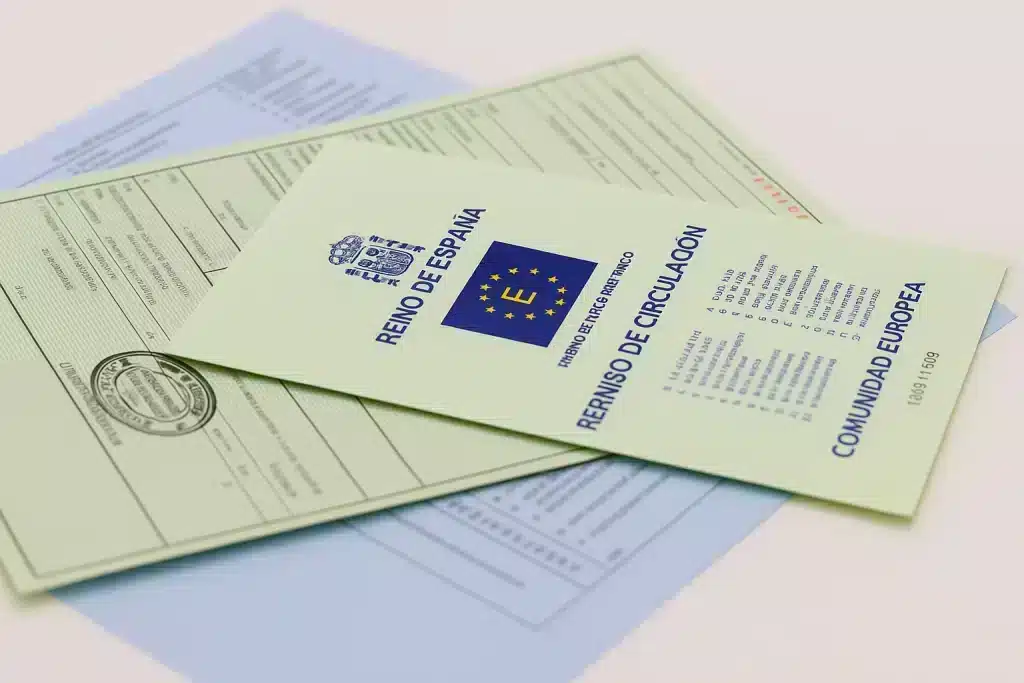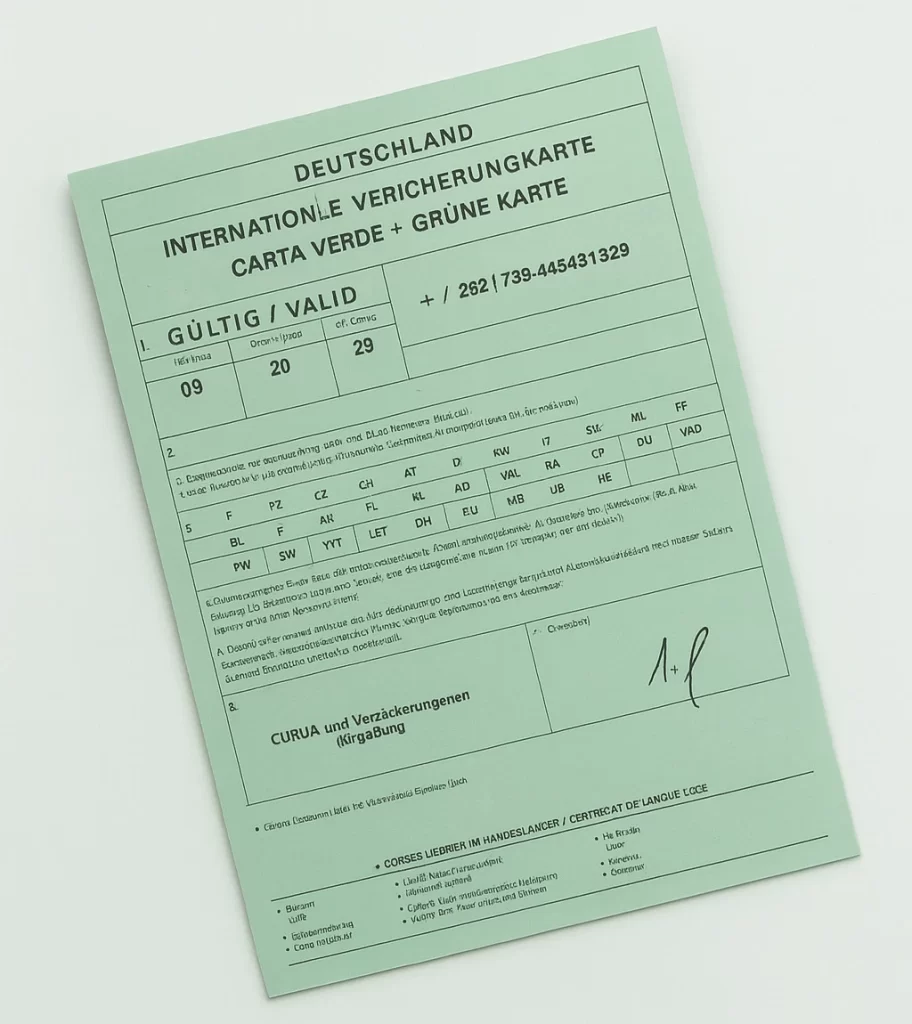
Guide to shipping your car to Germany: requirements, costs and key steps
Ship a car to Germany from Spain with minimum hassle when you follow the right steps and have the correct paperwork in place. This guide explains—clearly and concisely—the documents you need, approximate costs and typical timelines, plus practical tips to help you organise the move with confidence.
Required documents
Personal and vehicle papers
To ship your car to Germany by road you will need:
- A valid passport or national ID card.
- Spanish registration certificate (permiso de circulación).
- Technical logbook with a current ITV inspection.
- Bill of sale or invoice if ownership has changed.

Export forms
- DGT export notification: this removes the car from the Spanish register. You can do it in person or online with a digital certificate.
- Form 576 (Spanish tax office): required to declare VAT on a brand-new car (under six months old or fewer than 6,000 km) or if the owner is not fiscally resident in Spain. It is filed online.
Insurance and Green Card
Germany requires **third-party liability insurance** that is valid throughout the EU. If your current policy lacks international cover, extend it or request a **Green Card** from your insurer. Should you drive through other countries you will still need full international cover; the Green Card on its own is not enough. For door-to-door transport on a car carrier, the Green Card is usually the simplest option because the car is not driven en route.

Taxes and customs fees
Although moving a vehicle within the EU is duty-free, you will pay various taxes when you register, clear customs and finally license the car in Germany:
| Charge | Guide rate 2025 | When payable |
|---|---|---|
| VAT (19 %) | On new cars (under six months/6,000 km) or change of owner | German registration |
| Import fee | 0 % from EU; 10 % if the car first entered Spain from outside the EU | German customs |
| CO₂ tax | Based on emissions; electric cars exempt | German licence plates issued |
If the car arrives from outside the EU, duty is paid at the first EU border and VAT when you register in Germany.
Technical & environmental rules 2025
Germany enforces Euro 6e for cars first registered from 2025. Earlier models may be accepted under Euro 5 or Euro 4 but may need extra emissions tests or a particulate filter for low-emission zones.
- Euro 6e limits: NOx 60 mg/km (petrol) or 80 mg/km (diesel).
- Older cars: check whether your Euro 5/4 level is accepted locally or requires a conformity certificate.
- Apply for the Umweltplakette (low-emission badge) if you plan to drive in green zones.
- Convert the speedometer to km/h, adjust headlamps, or make any other technical tweaks needed for TÜV approval.

ITV, TÜV and homologation
Before the final German number plates are issued your car must meet local rules. Here’s what to expect:
- Pass an ITV test in Spain to confirm the basics.
- Present the car to the TÜV; they check brakes, chassis and emissions.
- If the car has modifications (wheels, suspension) provide TÜV Nord or Dekra certificates.
- Use Kurzzeitkennzeichen (5 days) or Ausfuhrkennzeichen (up to 12 months) plates if the car is already deregistered in Spain. They let you drive legally to the test centre or customs.
You may drive on valid Spanish plates for up to six months in Germany, as long as insurance and ITV are current. After the export deregistration or the six-month limit you must switch to temporary plates until German plates are issued. With an appointment, the whole process takes three to five days; without, allow up to two weeks.
Transport by carrier vs driving yourself
Door-to-door carrier: convenient and straightforward
If you book a door-to-door service, you simply sign the contract and set a date. The car travels insured, is collected and delivered to the addresses you choose (provided the truck can reach them) and you avoid fuel, tolls and hotel costs along the route—the most convenient option for many drivers.
Driving yourself: extra responsibilities
Driving all the way to Germany means sorting export deregistration, temporary plates and valid insurance in every country you cross. You also budget for fuel, tolls and potential overnight stays—plus the risk of breakdowns. It can be enjoyable if you like the journey, but it calls for time, planning and flexibility.
Step-by-step checklist
- Gather all paperwork.
- Choose: drive yourself or book a carrier.
- File export deregistration with the DGT.
- Hand the car over (carrier) or begin the drive.
- Pass the TÜV and settle any taxes.
- Register and insure the car in Germany.
FAQs
Can I drive in Germany on Spanish plates?
Yes, for up to six months if your ITV and insurance are valid.
How long does shipping take?
Typically 48 hours to one week, depending on route and service.
Do I have to change my headlights?
Only if they dip left; flat-beam units are fine.
Is German road tax yearly?
Yes, the Kfz-Steuer is paid annually based on engine size and CO₂ output.
Can I tow a Spanish-registered trailer indefinitely?
No, it must be registered in Germany after six months.
Questions?
Planning ahead and following clear information lets you ship a car to Germany without stress. If you’d like a door-to-door quote or personal advice, contact us:
📞 +34 685 763 009 | ✉️ support@cartransporteurope.com
